Service hotline
+86 0755-83975897
 en
en Release date:2021-12-28Author source:KinghelmViews:2640
The full name of [敏感词]B4 is universalserialbusgeneration4. The [敏感词]B interface was released in 1996 0 specification, the transmission speed supports low-speed 1.5mbps and full-speed 12mbps, and then successively published the support speeds of 480mbps, 5Gbps, 10Gbps, 20gbps, etc., and released the latest generation [敏感词]B4 specification in September 2019, supporting 20gbps and 40Gbps. For the evolution of [敏感词]B interface and the corresponding logo, please refer to figure 1.

Three key features of [敏感词]B4
1. [敏感词]B4 only adopts usbtype-c connector, and [敏感词]B4 signal adopts dual channel transmission; In the past, connectors such as usbtype-a or micro-b only supported single channel transmission and could not support [敏感词]B4.
2. The fastest [敏感词]B transmission speed supports 40g (20gbpsx2) and can transmit DisplayPort video and audio at the same time. It aims to combine multiple protocols into a single physical interface, which can dynamically share the overall speed and performance of [敏感词]B4 architecture.
3. Downward compatibility [敏感词]B2 0 and usb3 2 and support thunderbolt 3.
[敏感词]B4 connector and cable key points
1. [敏感词]B4 only uses usbtype-c connector.
2. Usb4cable passive cable. The length of the supported passive cable is determined by usb3 1 meter of 2gen2, reduced to 0.8 meter of usb4gen3.
3. If you need a long cable, such as connecting a large screen or VR application, you can use an active cable. [敏感词]B4 active cables are cables containing repeater elements (such as re timer, re driver and other active elements), as well as optical fiber cables. As for the active cable that can be supported, the maximum length is 5 meters.
[敏感词]B4 architecture focus
The main components of [敏感词]B4 include router, adapter and TMU (time management unit).
1. The router is a main construction module of [敏感词]B4. The router converts the tunnel protocol into [敏感词]B4 packets for transmission, and performs time synchronization through TMU. It is mainly detected and managed by the ConnectionManager built in usbhost.
2. The adapter is built in the router. Its main function is to convert the protocol between the router and external components. For example, when usb4host transmits usb3 data (as shown in Figure 2), the internal usb3host encapsulates the protocol into usb4tunneledpacket through usb3adapter. A router can support up to 64 adapters.
3. TMU is built in the router and uses distributed time management unit (TMU) to synchronize time between routers.
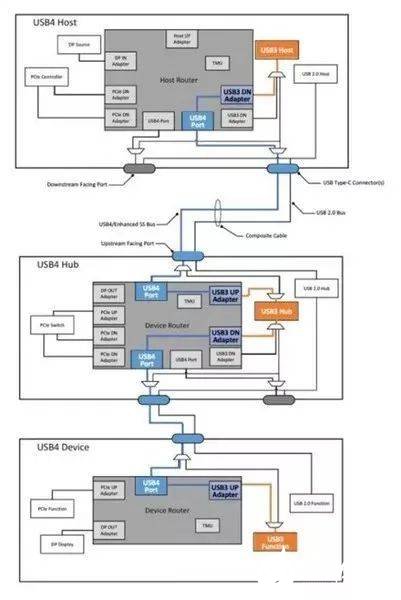
Figure II
[敏感词]B4 is divided into five levels by function
1. Protocoladapterlayer: it is responsible for the correspondence between [敏感词]B4 and different protocols, encapsulating different protocols into tunneledpackets and transmitting them in the [敏感词]B4 interface.
2. Configurationlayer: it is responsible for processing the control packets transmitted by the connection manager and attaching the corresponding address in the path to ensure its reliable transmission mechanism.
3. Transportlayer: define packet format, path, flow control and timing control, and generate linkmanagementpackets to provide time synchronization packets, flow control packets, etc.
4. Logicallayer: it is responsible for establishing [敏感词]B4 connection between the two devices, providing data transmission and reception, encoding and decoding, power management, error detection and recovery mechanism, and conducting channel initialization communication through sideband channel, including speed and dual channel communication.
5. Electrical layer: defines the characteristics of [敏感词]B4 electrical signal, such as voltage, jitter, coding, etc.
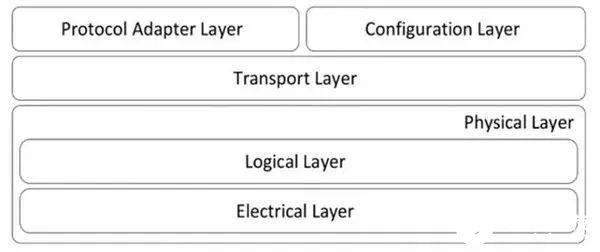
Figure III
As shown in Figure 4, taking usb3tunneling as an example, usb4host transfers usb3protocol to usb4hubelectricallayer through usb4transportlayer, usb4logichlayer and usb4electricallayer through usb3protocoladapter. Then carry out a series of usb3 / [敏感词]B4 conversion according to the sequence of Figure 4 to transmit the signal to usb4device.
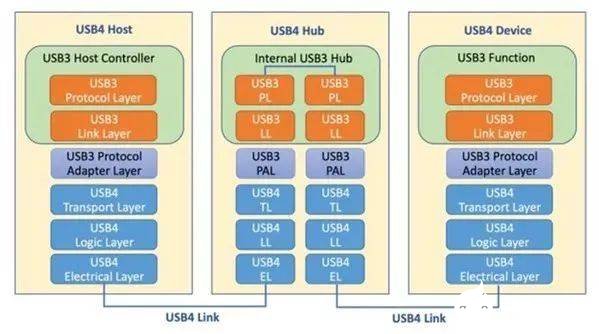
Figure IV
Usb3 tunnel protocol
The [敏感词]B4 signal consists of PCIe, usb3 and DisplayPort tunnel protocols. This space sheet explains the usb3 tunnel protocol. Usb3 tunneling protocol refers to encapsulating the original usb3 packet into a tunneled packet via the protocoladapterlayer. It can be clearly seen from Figure 5 that the red part is the usb3 packet and the blue part is the tunneled packet. The physical layer will be used between UFP (upstream facing port) and DFP (downstream facing port).
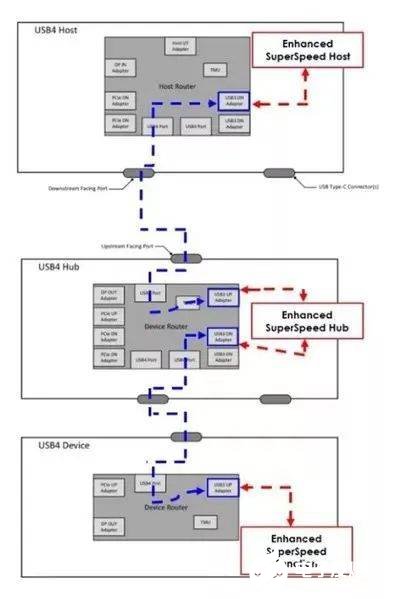
Figure V
[敏感词]B4 product type
1. Usb4host: the product has more than one DFP without any UFP.
2. Usb4hub: the product has one UFP and one or more DFPS.
3. [敏感词]B4 baseddock: the product has one UFP and one or more DFPS, and the product also has the functions of other components, such as storage device or network function.
4. Usb4device: the product has a UFP without any DFP.
Tunnel protocol supported by [敏感词]B4
According to the specifications, there are different requirements for the tunnel protocols that must be supported by the host / hub / dock / device. As shown in the figure below, it is necessary to mark "V", and the rest can be supported or not.
For example, usbhost must support usb3, DisplayPort and host to host tunneling, but pciexpress and tbt3tunneling are not supported.

Figure VI
Transmission rate supported by [敏感词]B4
[敏感词]B4 supports 20gbps of usb4gen2 and 40Gbps of usb4gen3. Is it necessary to support these two speeds when announcing support for [敏感词]B4?
The usb4hub and [敏感词]B4 baseddock must support both 20gbps and 40Gbps.
For usb4host and usb4device, only 20gbps can be supported. (40Gbps can be listed as additional support, non essential support speed).

Figure VII
conclusion
The [敏感词]B4 transmission rate is increased to 40Gbps and can dynamically share the bandwidth. When using a usbtype-c connection line, it can be compatible with thunderbolt 3 and DisplayPort products on the market, which is a more convenient interface for consumers. However, for product developers, [敏感词]B4 is a big challenge. In addition to the differences in architecture between product design and previous usb3 products, and the attenuation of high-frequency signals on PCB and connectors, we must pay more attention to high-frequency impedance matching to ensure the quality of transmitted signals in the development stage.
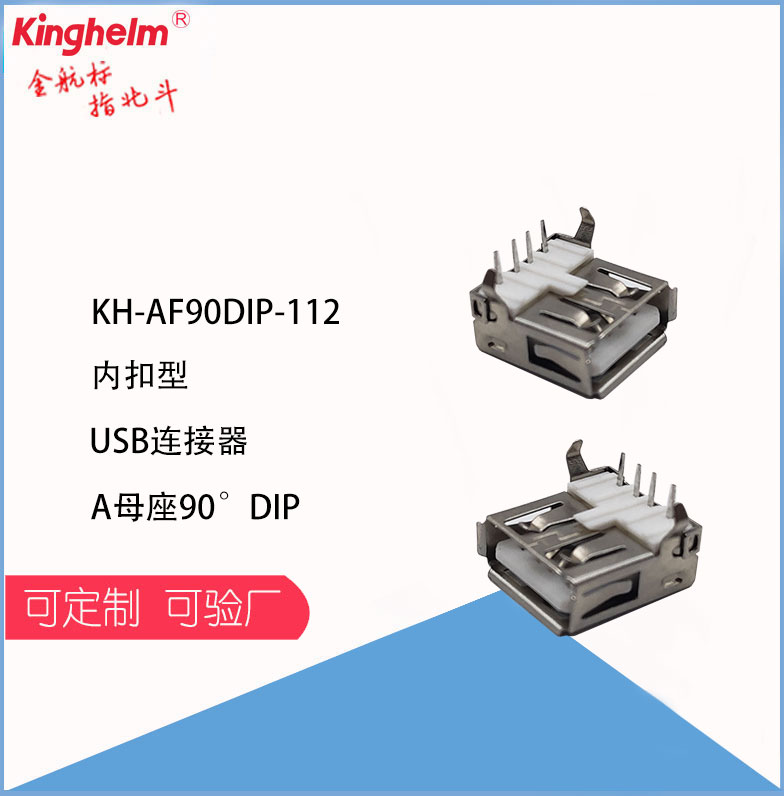
usb connector

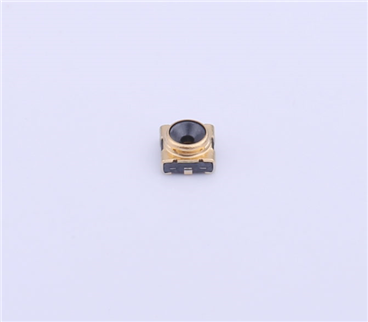
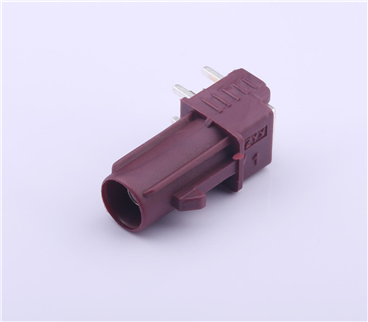
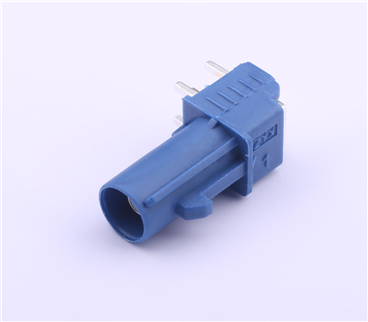
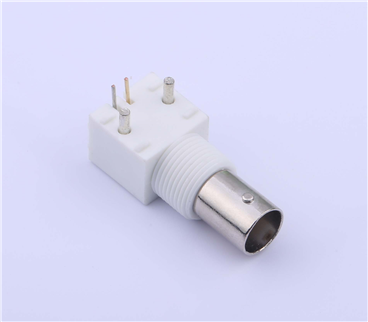
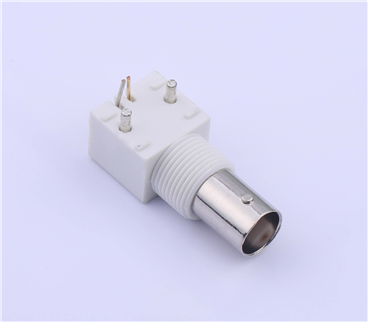
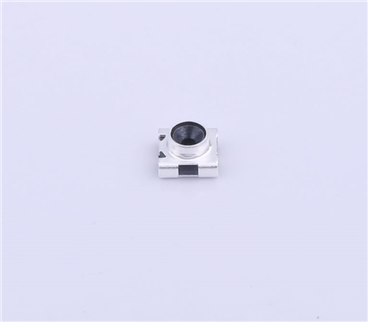
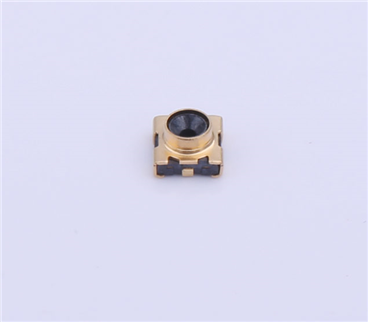
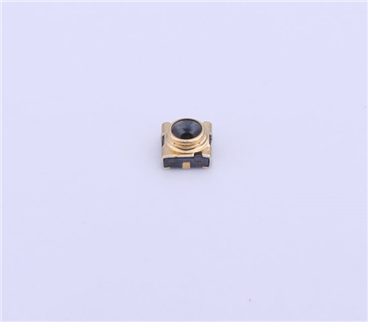
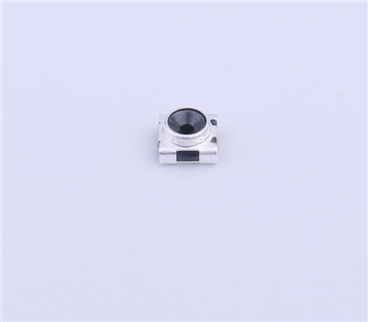
Copyright © Shenzhen Kinghelm Electronics Co., Ltd. all rights reservedYue ICP Bei No. 17113853
